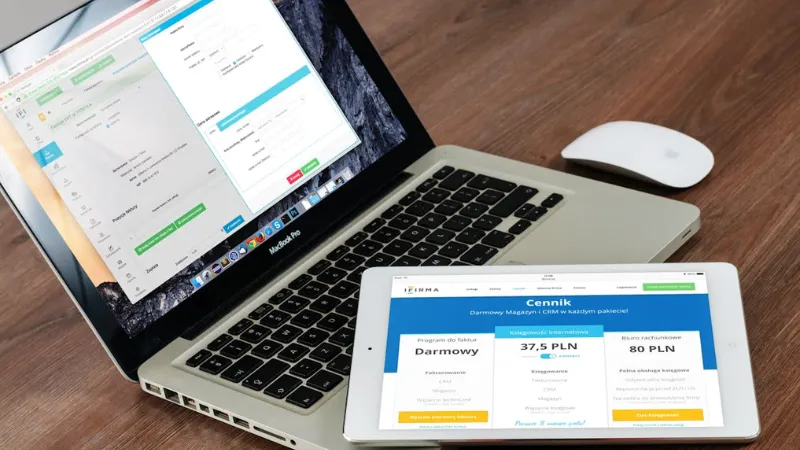How Crypto Lending Works: A Beginner’s Guide to Earning Passive Income
Aug 13, 2025 | By Kailee Rainse

Owning digital assets is useless if you don’t intend to grow them. 2025 brings crypto users a way of earning passive income through digital assets using the crypto lending method. This method allows you to lend out your assets in return for an investment. So, if you have idle Bitcoins, stablecoins, or altcoins, you can lend them out to borrowers and get an opportunity to grow your funds without selling them.
Despite the sweet interest trap, a concern arises about how to lend your crypto safely and how this framework works. This guide breaks down the basics of crypto lending, including the risks and rewards. So, if you're looking for easy money, this article lists four lending models that could let you earn passive income.
What is Crypto Lending?
Crypto lending enables cryptocurrency holders to lend their digital assets to borrowers in exchange for interest payments. This is a common way to earn passive income in the crypto economy, especially for individuals who don’t intend to sell their assets.
This process is similar to traditional banking, where when you deposit money in a savings account, it lends it to borrowers and pays you a portion of interest as a reward. If you were to move this situation to the crypto world, you would be the lender, and a centralized platform or decentralized protocol would execute the transaction.
Note that the following factors determine the interest you earn in crypto lending:
- Type of crypto lent (as some offer higher interest rates and some lower)
- Supply and demand of the lending platform
- Duration of the loan and its terms
The key benefit of this system is the ability to own an asset while generating income from it, which is a good tactic for those who want to make their idle assets productive and earn passive income.
Centralized Lending Platforms (Custodial)
These operate in exactly the same way as traditional banking services. You deposit your crypto in platforms like Nexo, Gemini Earn, or BlockFi, and perform centralized lending. These platforms lend your asset to other individuals or institutions and share their interest with you. As these platforms are custodial, they are responsible for everything, from security and lending logistics to interest payout, ensuring everything runs smoothly.
Pros
Centralized lending platforms offer a simple, user-friendly interface and straightforward account setup.
They have predictable APYs, especially with stablecoin. So, when you lend, the interest rates are usually fixed or fluctuate between 3% and 10%.
Users are not required to understand blockchain mechanics to start earning.
Cons
One of the major concerns of a centralized lending platform is the misuse of funds, and another is the platform becoming insolvent like BlockFi.
When you deposit crypto into the wallet, you are essentially giving the platform control over your asset. If something goes wrong, withdrawals could be frozen, and you would lose custody.
A regulated cryptocurrency bank offers fixed interest along with insurance coverage, making it the user's preferred choice for crypto lending.
Decentralized Lending Protocols (Non-Custodial)
Decentralized lending takes place through smart contracts with self-executing programs. Such lending utilizes protocols like Aave, Compound, and Spark to supply the cryptocurrency into the liquidity pools, and borrowers take out a loan by locking more cryptocurrency as collateral.
One thing to remember here is that when you lend your crypto to these platforms, you don’t give up ownership, and the interest rates are automatically set by smart contracts based on real-time demand and supply of the pool.
Pros
All your assets are under your control, and you don’t need to rely on any centralized entity.
The protocol’s code is transparent to everyone with permissionless access.
The interest rates are adjusted based on market demand.
Cons
In the event of bugs or code exploitation, you may lose your funds.
If the value of the collateral drops significantly, it could be liquidated, resulting in a loss.
Despite offering high control and earning potential, DeFi lending can still be vulnerable to crypto market risk. To learn more about decentralized learning, visit Dypto Crypto where you can browse vast resources covering the ins and outs of crypto trading.
Real-World Asset (RWA) Lending Protocols
Real-world assets, such as those linked to the Kasu Protocol, connect crypto lenders to real-world borrowers. These loans are backed by real-world assets, thus providing more stability and reliance than crypto-backed loans.
Pros
The income is linked to real-world cash flow.
There is less dependency on crypto market volatility, and it has potential for more consistent yields.
Cons
With real-world assets involved, more complex legal and compliance protocols are in place.
This is still an emerging space, with few mature platforms available for development.
Crypto Savings Accounts & Hybrid Models
Platforms like Coinbase, Kraken, and Binance allow you to deposit crypto (either USDC or tokens like ETH) and earn with passive interest without actively lending or staking any funds. These are beginner-friendly accounts and don’t require users to have DeFi knowledge.
Pros
These platforms are beginner-friendly, with a simple interface.
The account allows for flexible deposits, and you can withdraw them at any time.
Interests are paid in the same asset that you deposit.
Cons
Returns are low compared to DeFi lending
Unlike DeFi, users are unaware of how their funds are used.
Conclusion
If you’re looking to earn passive income in 2025 using crypto, crypto lending is your way. But before you start, understand that every loan must maintain a balance between risk and return. With all four ways of crypto lending discussed in the article, you can choose which one suits you best, but it’s best recommended to choose a known and well-settled platform with clear security measures. Therefore, ensure you complete your homework before initiating the lending process.


 Follow us
Follow us Follow us
Follow us













